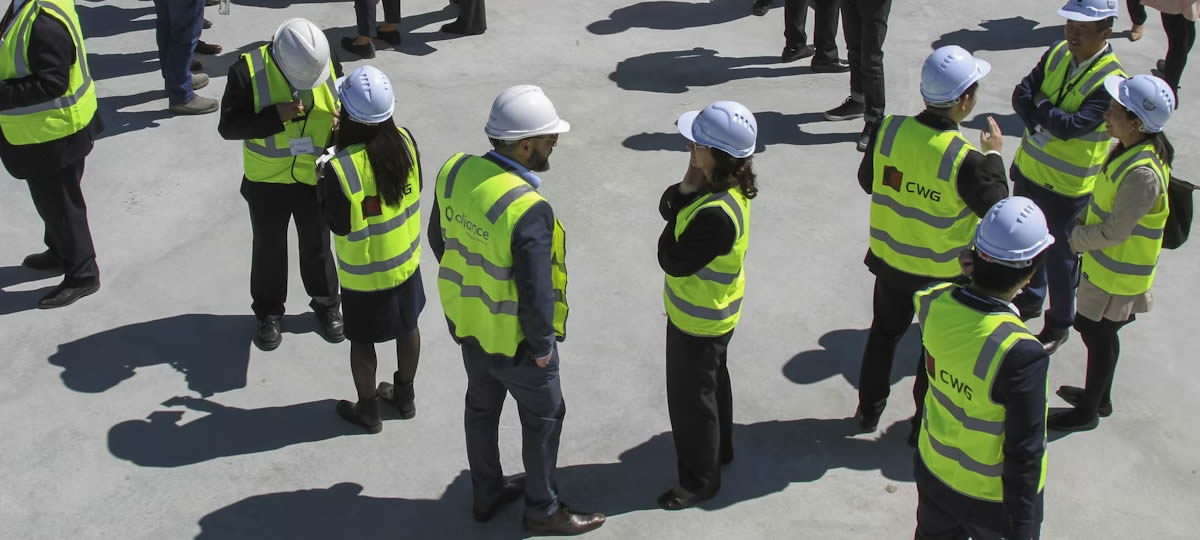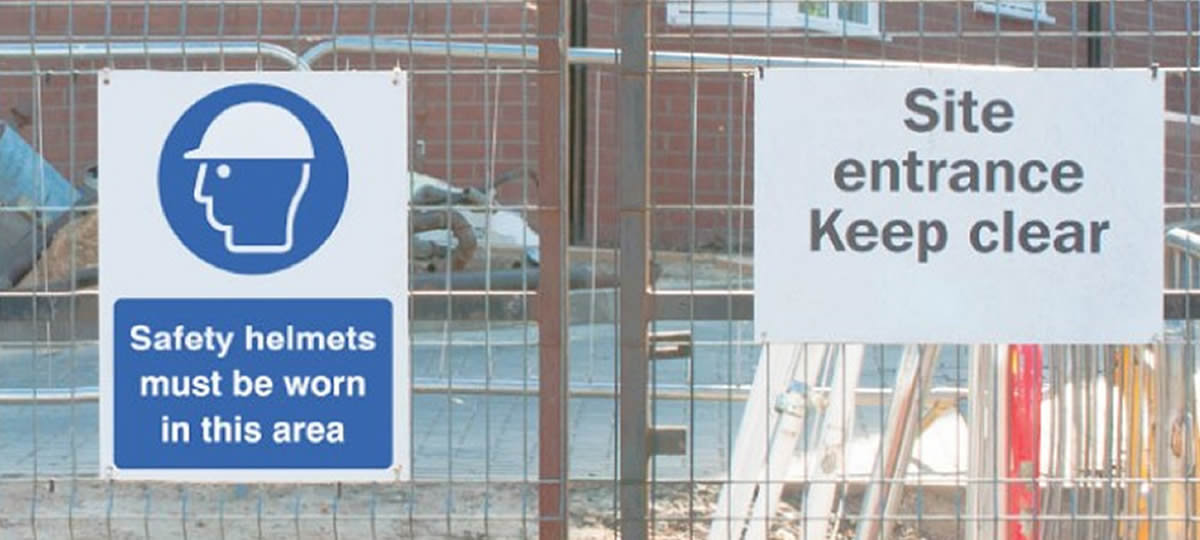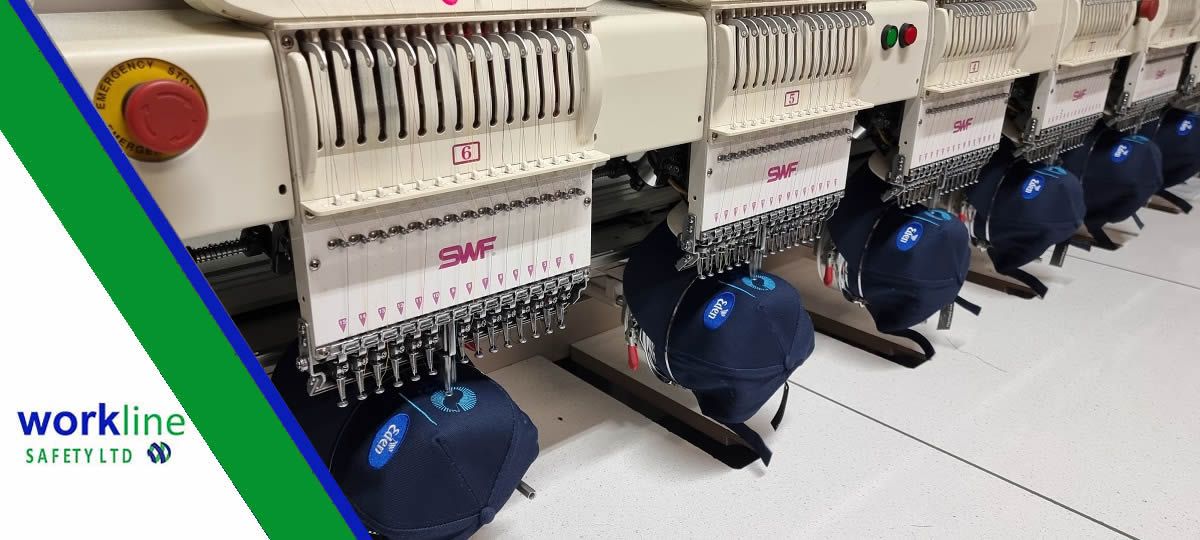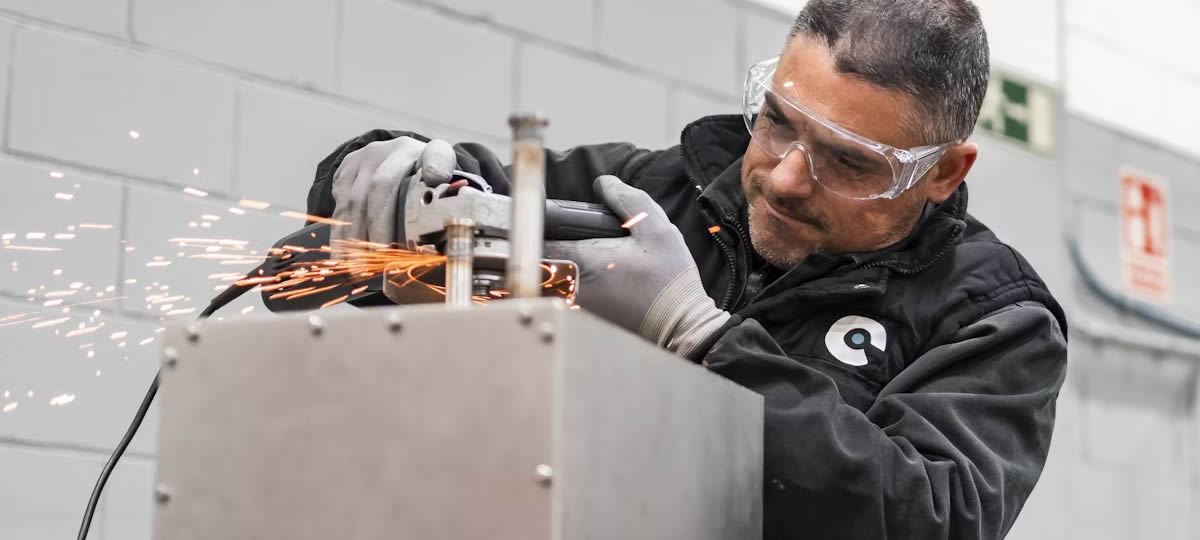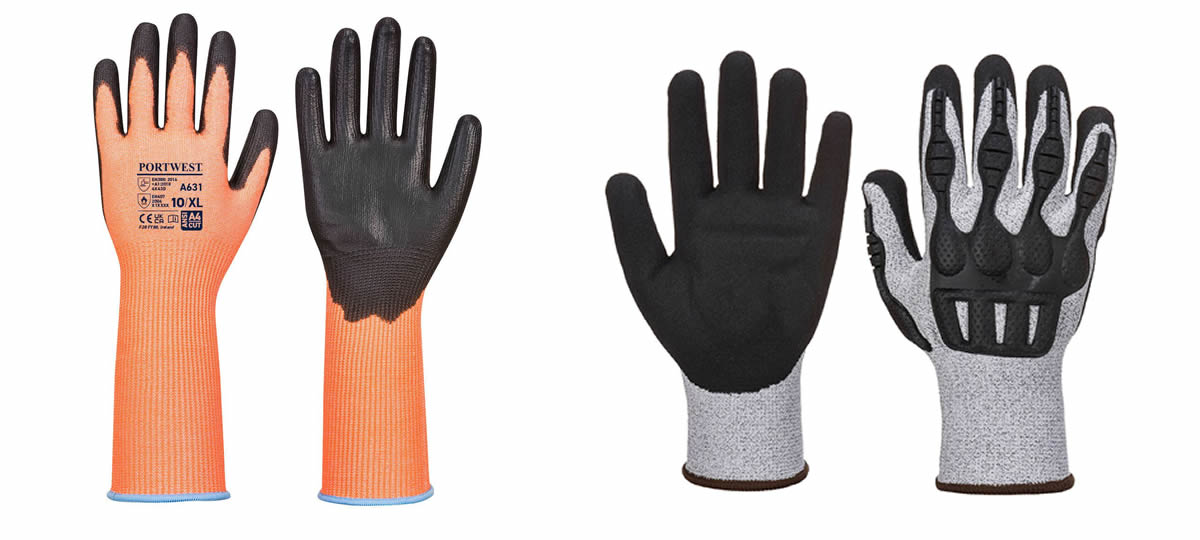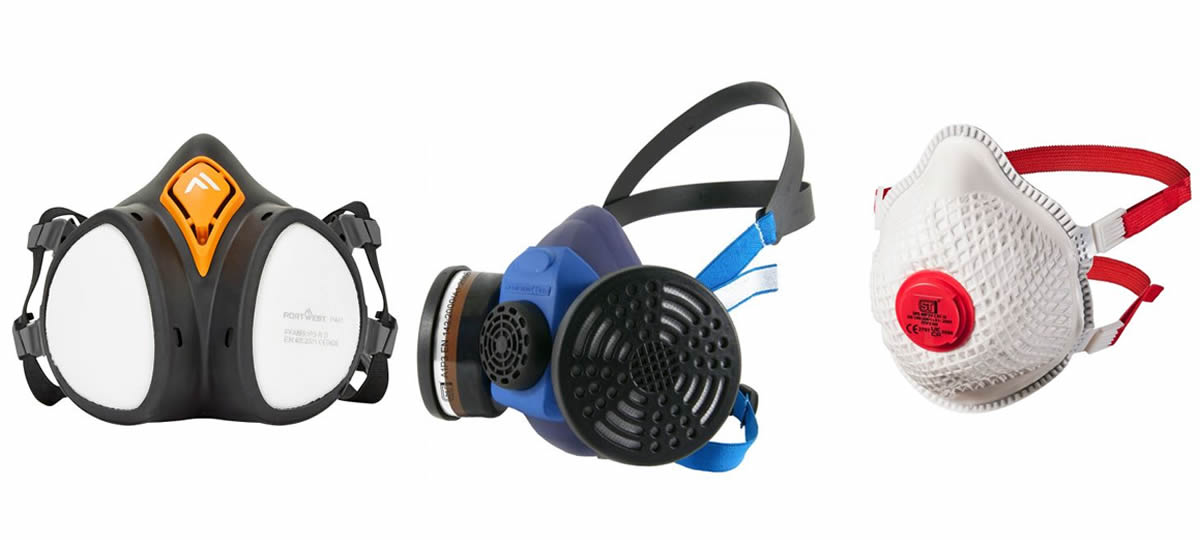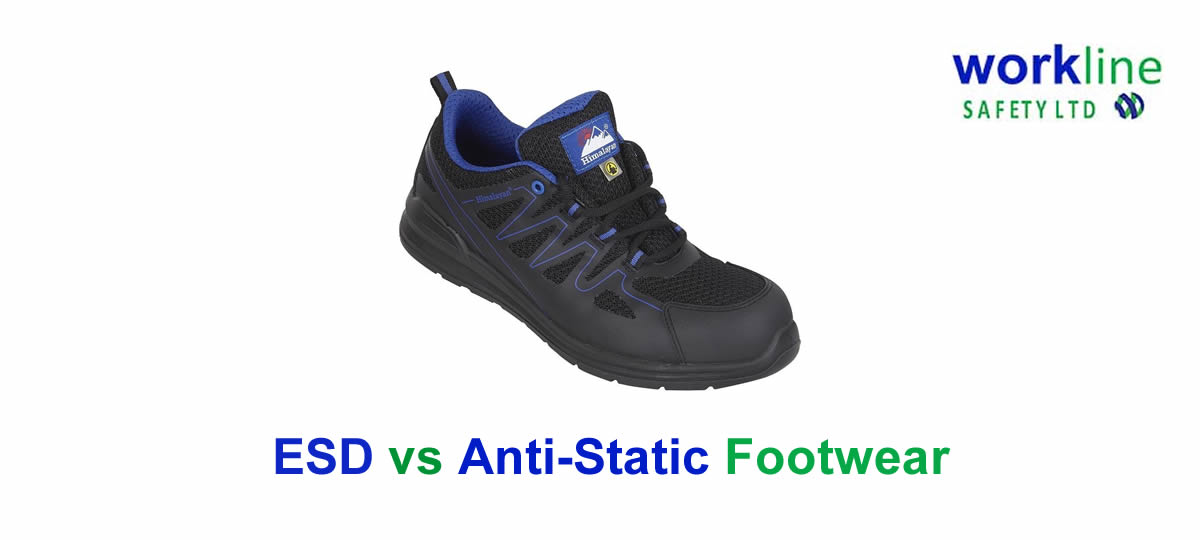-
November 16, 2025Read more
In any business, controlling costs is crucial, and it can be tempting to opt for low-priced supplies whenever you can. However, there are some things you don’t want to scrimp on. Cutting corners with PPE can be one area that is a ‘false economy’. It can end up costing far more in the long run through accidents, lost time, and even legal action.
At Workline Safety, we help businesses balance cost and compliance. Here are the four essential categories of PPE where you should always invest in certified quality, rather than settling for cheap imports.
1. Respiratory Protective Equipment (RPE)
Dust, fumes, vapours, and airborne particles can cause immediate illness and long-term, irreversible damage like silicosis or COPD. If a mask fails, the wearer inhales hazardous substances directly into
-
October 05, 2025Read more
It’s that time of year again when working outdoors or in unheated environments starts to get less than comfortable! Winter doesn’t just mean a less pleasant working environment; it can significantly increase the risk of cold-related injuries, accidents, and a drop in productivity.
Good workwear isn't just about comfort; it's about compliance and safety, and that means different things in a UK winter. To try and help, we’ve pulled together a short guide on choosing the correct winter workwear to stay warm, stay dry, and stay safe.
1. Don’t Underestimate Layers
The biggest mistake you can make in winter is wearing a single, bulky layer. We suggest you try the three-layer system. This is a strategy that traps heat and allows for easy temperature regulation when the hard work starts. The three layers are:
- Base Layer
This layer sits directly against your skin and is designed to wick sweat away from the body. Dry skin
- Base Layer
-
September 02, 2025Read more
When you think about workplace safety, you likely picture hard hats, high-visibility jackets, and sturdy safety boots – and if you are one of our customers, you know we have plenty of all of them! PPE is critical, but there's another layer of protection that is just as essential: safety signs.
Safety signs communicate information instantly and effectively to prevent accidents before they have a chance to occur.
The Legal and Practical Importance of Signs
In the UK, the use of safety signs is a legal requirement under the Health and Safety (Safety Signs and Signals) Regulations 1996. This legislation mandates that employers use safety signs to warn of a hazard or to give a safety instruction where the risk cannot be eliminated or controlled by other means.
Beyond legal compliance, a clearly marked environment:
- Reduces Accidents
By highlighting potential dangers like a "wet floor" or "high voltage",
- Reduces Accidents
-
August 01, 2025Read more
Workwear might be a practical necessity, but that doesn’t mean that it can’t look good! It can serve two purposes – for safety and identity. Branded workwear can be a valuable marketing tool, building a professional business image and helping your staff feel like a ‘real’ team.
Beyond the protective qualities, the way your brand is presented on your team's workwear is so important. It can create trust for customers and help them easily identify your staff, making them feel more secure when your people are working on their property.
Embroidery or Printing?
When you decide to get your workwear branded, you then have to decide how you want to apply your logo and branding. The two main choices are embroidery and printing. Both methods offer advantages, and the "best" choice depends on your specific needs, the garment type, your design's complexity, and your desired end look.
Embroidery
Embroidery
-
July 01, 2025Read more
Eye protection is not just about compliance; it's about safeguarding your sight. An eye injury isn’t just a minor inconvenience; it can seriously impact an individual's quality of life, and their career.
In the workplace, eyes have to be protected from impact, splashes from hazardous substances, dust and fumes, heat, and even UV and IR light. That’s why choosing the right eye protection isn't ‘one-size-fits-all’. You need to consider the specific hazards present in your work environment and choose the right protective eyewear to suit.
For industries operating in the UK, it's important to look for products compliant with EN166. This is the European standard that specifies requirements for personal eye-protection, covering aspects like optical quality, field of vision, and crucially, resistance to various hazards including impact. Many quality safety glasses will also boast features like anti-mist coatings to prevent fogging in varying temperatures and anti-scratch
-
May 30, 2025Read more
The Occupational Safety and Health Administration, OSHA, estimates that 71% of all hand injuries could be prevented with the appropriate use of PPE safety gloves. In some industries, like construction, manufacturing, food processing and waste management, hands are constantly exposed to sharp objects and materials. Without adequate protection, cuts, lacerations, and even amputations can occur, leading to significant injury, lost time, and increased costs. This is where cut-resistant gloves become an indispensable piece of PPE.
At Workline Safety, we understand the critical importance of keeping your hands safe. Our extensive range of cut-resistant gloves is designed to offer superior protection without compromising on comfort or dexterity. But with so many options, how do you choose the right glove for the job? The key lies in understanding the science
-
May 01, 2025Read more
From construction and carpentry to agriculture and pharmaceuticals, exposure to airborne particles and dust poses significant health risks. Protecting your respiratory system is crucial, but not all dust masks are created equal. Choosing the right type for the specific task and hazard is essential for effective protection.
There are so many different categories and classifications of dust masks, that it can be overwhelming understanding why you should choose one over another, so we’ve provided a brief overview of the key differences to help you make the best choices.
Levels of Protection with Disposable Masks
Disposable and semi-disposable respirators are the most common type of dust mask in PPE and are designed to filter out airborne particles as you inhale. They are classified based on their filtration efficiency against different sizes and types of particles. The European
-
April 01, 2025Read more
When you are shopping for your next pair of safety footwear, you will often see the terms "ESD" and "anti-static" being used in the descriptions, but do you know what they mean? While they both relate to managing electricity, they're not interchangeable. Let's break down the key differences between ESD and anti-static safety footwear.
Anti-Static Footwear Minimises Charge Buildup
Anti-static footwear typically has a moderate level of electrical resistance. It is also designed to reduce the buildup of static electricity on the body. It allows static charges to dissipate slowly and safely, preventing sudden, uncontrolled discharges.
- How it works: Anti-static footwear allows charges to flow through the sole to the ground at a controlled rate, preventing a large static buildup. It protects you from injury from medium levels of electricity (usually between 0.1 and 1000 MO).
- Purpose:

